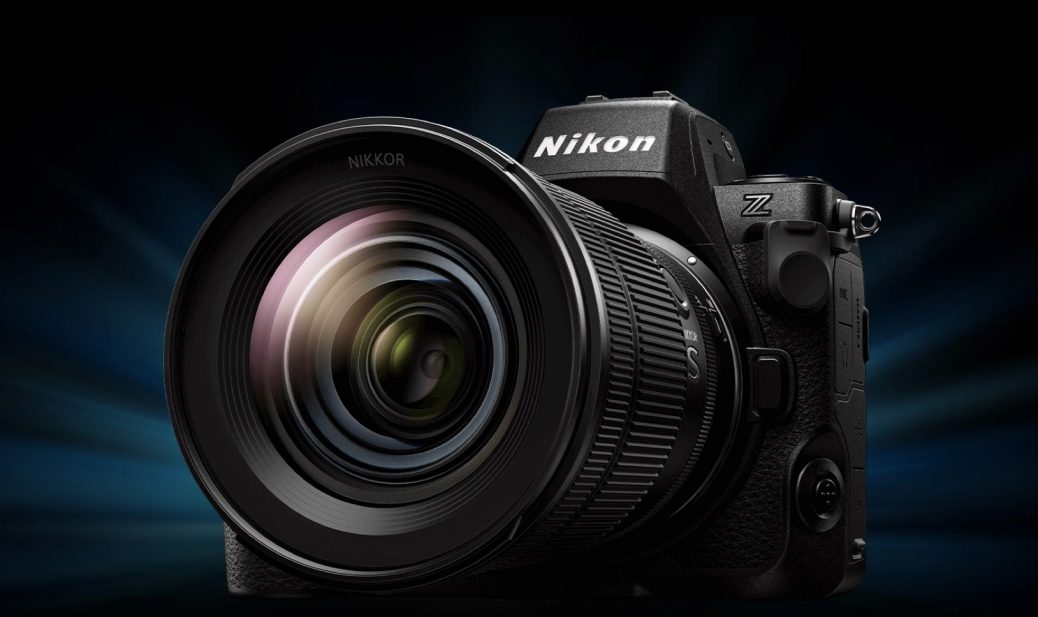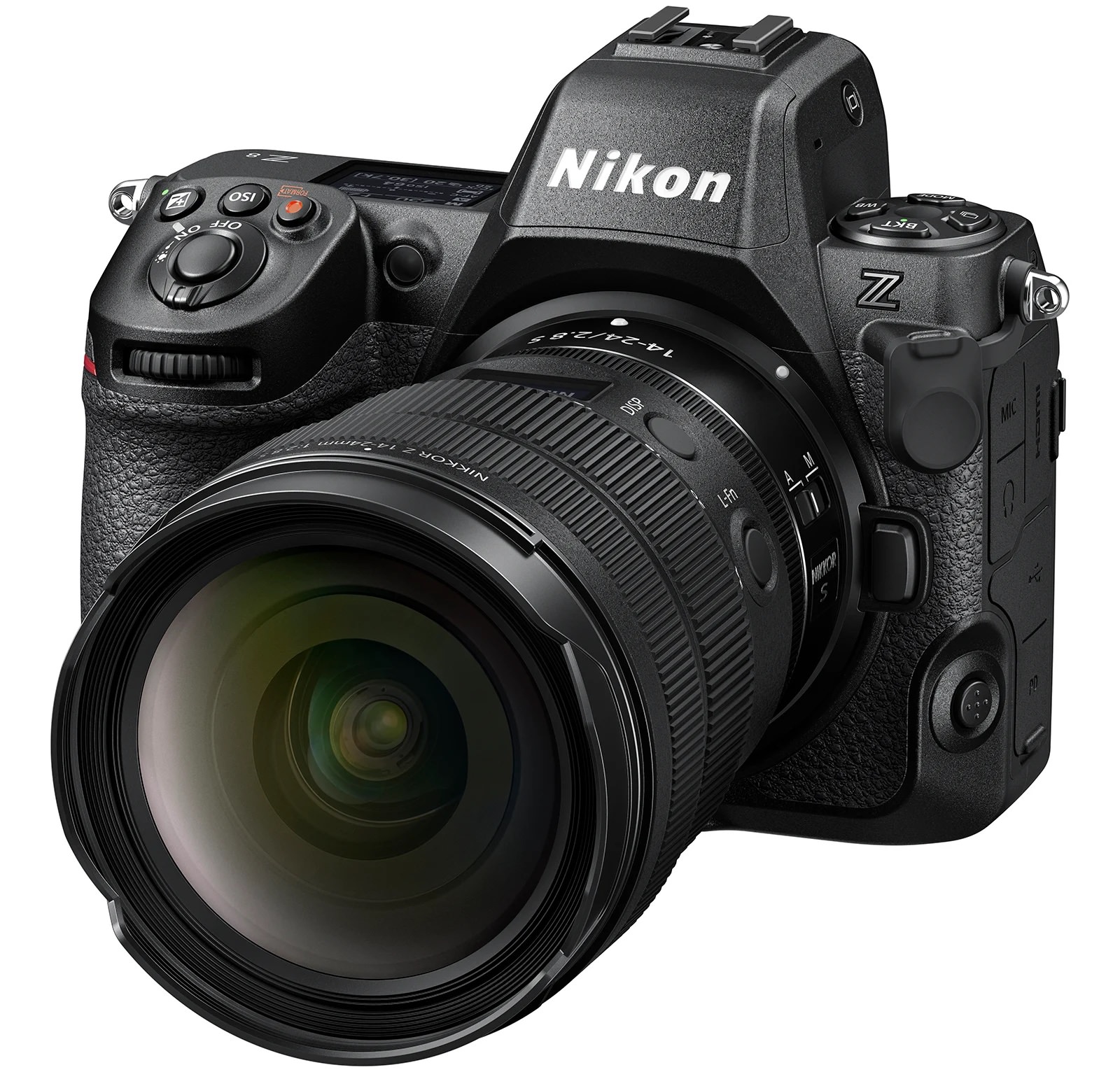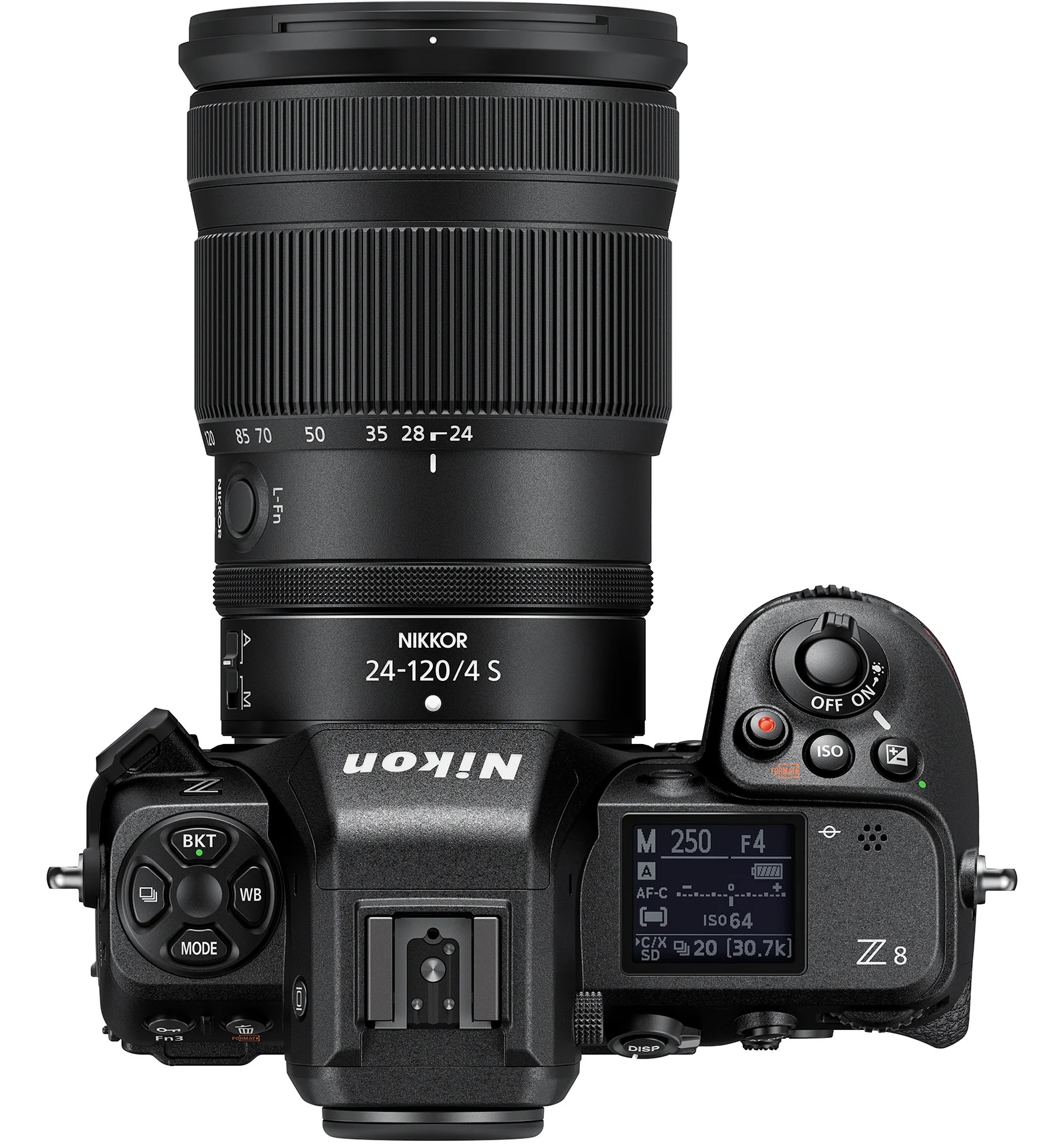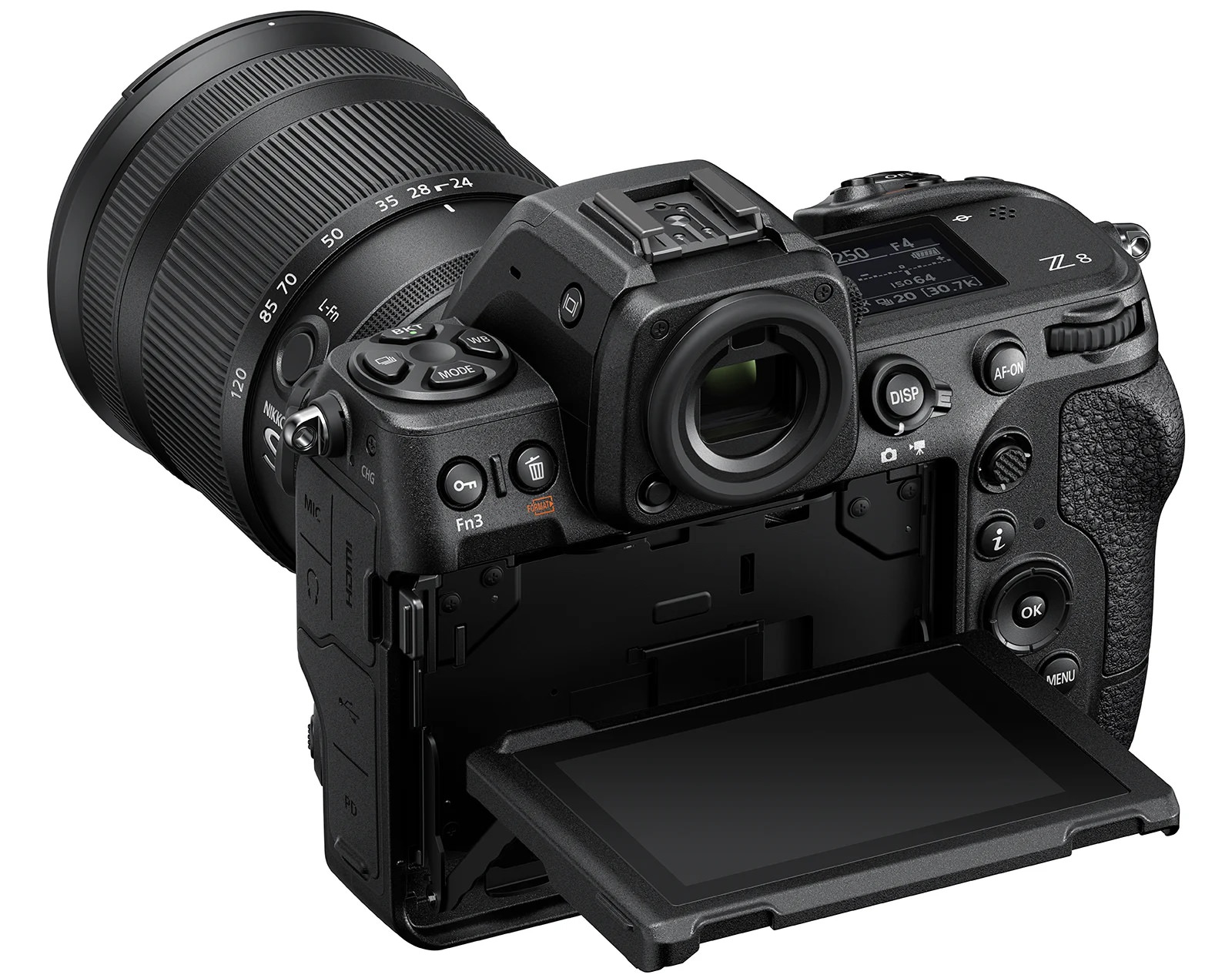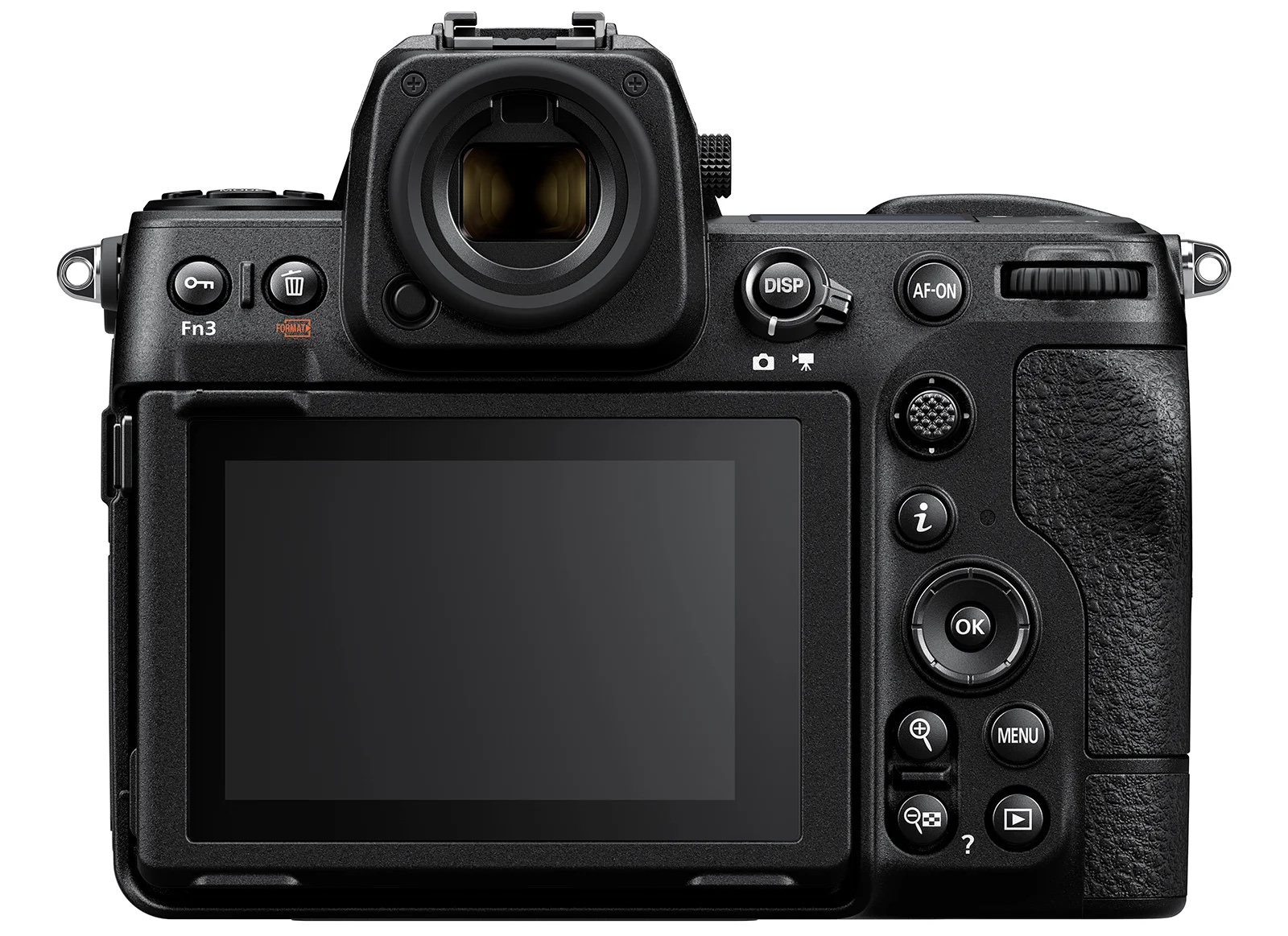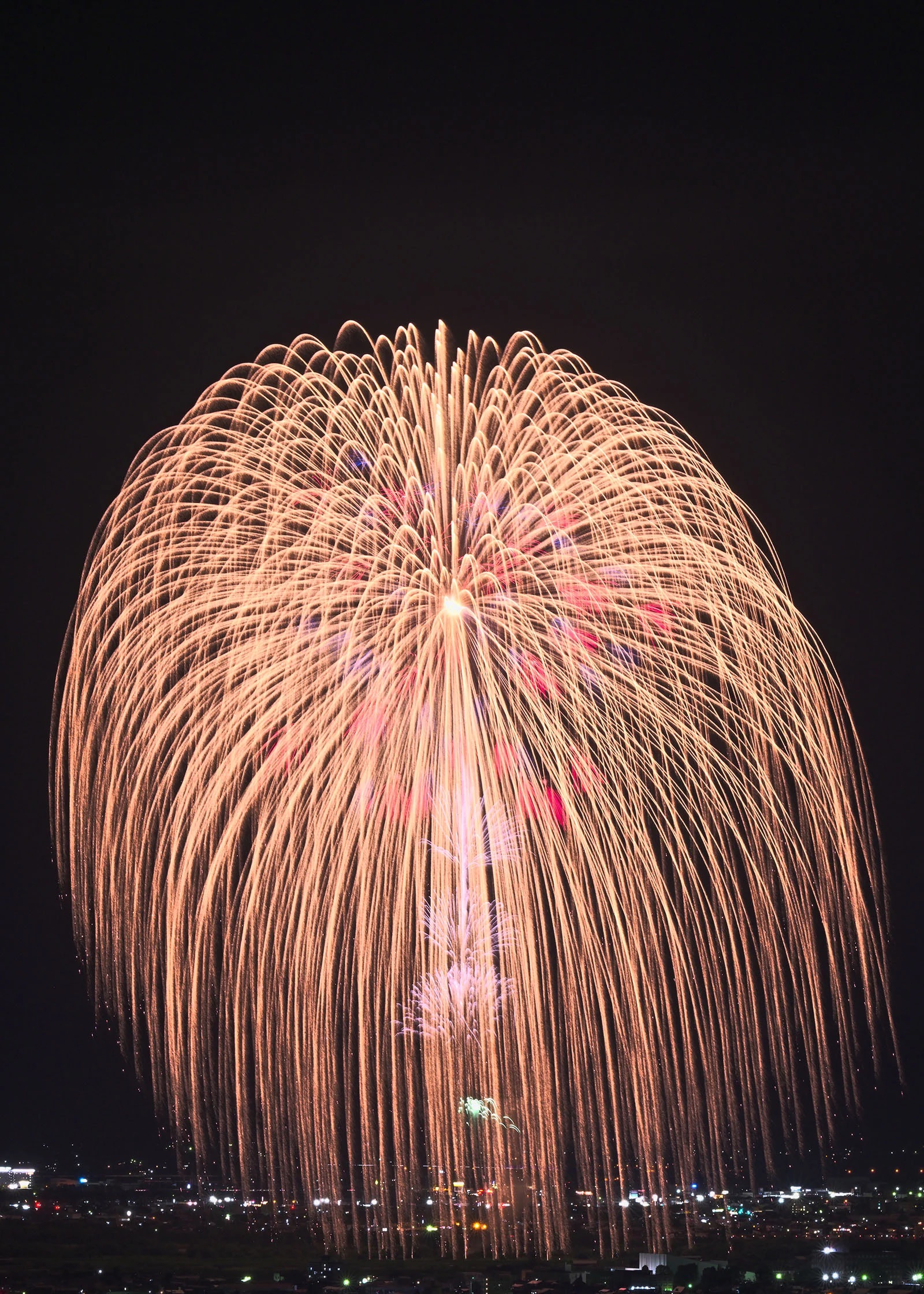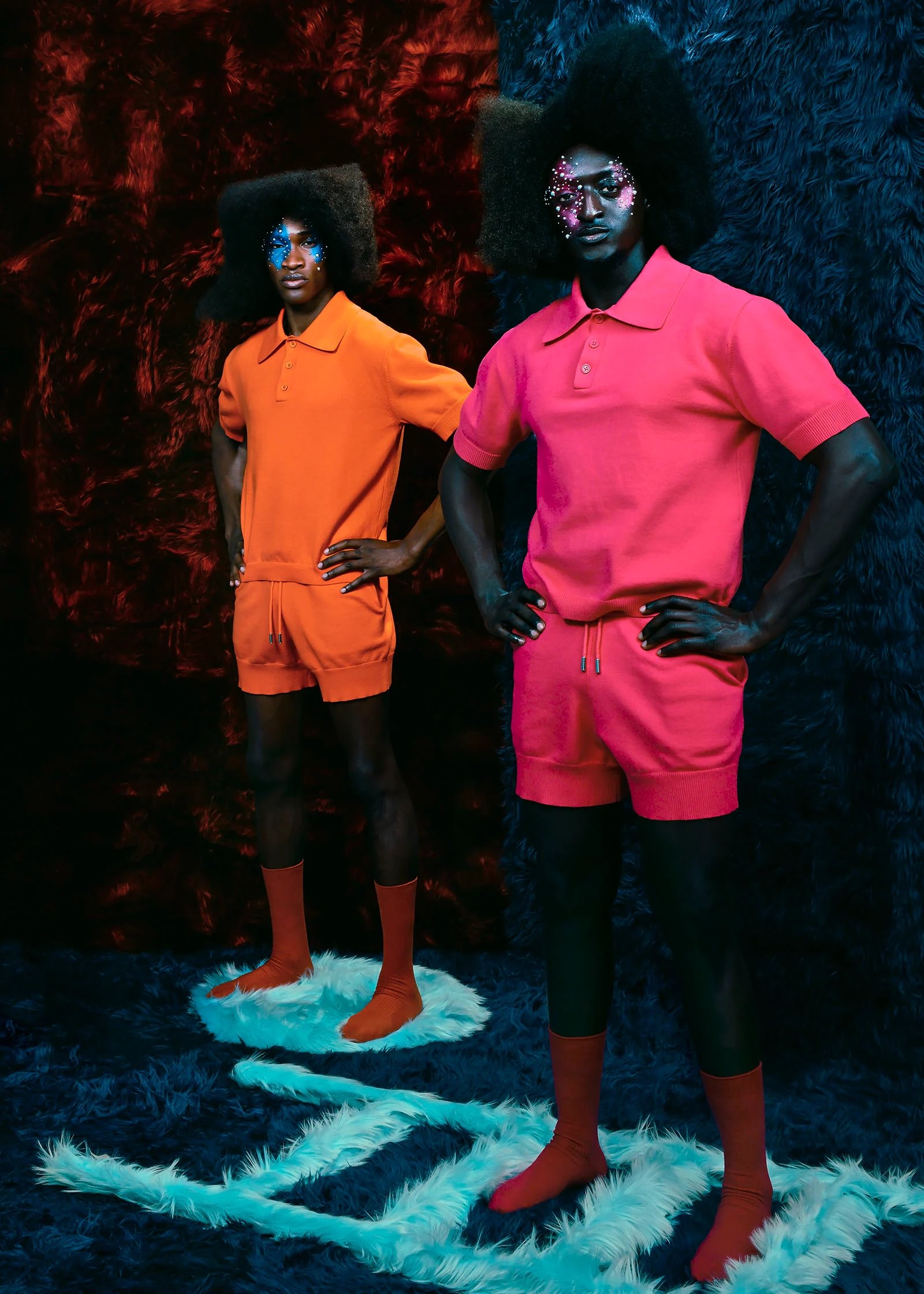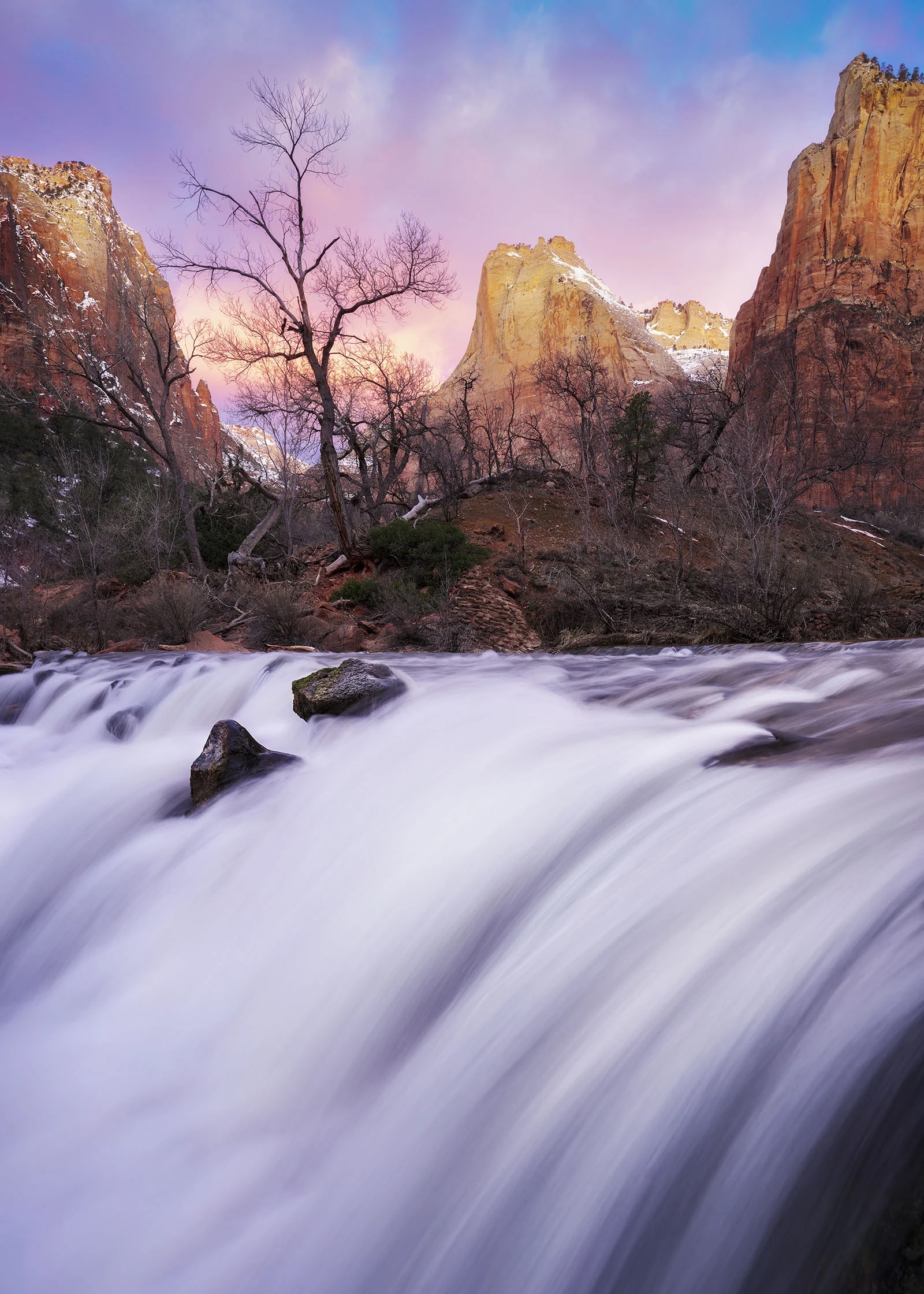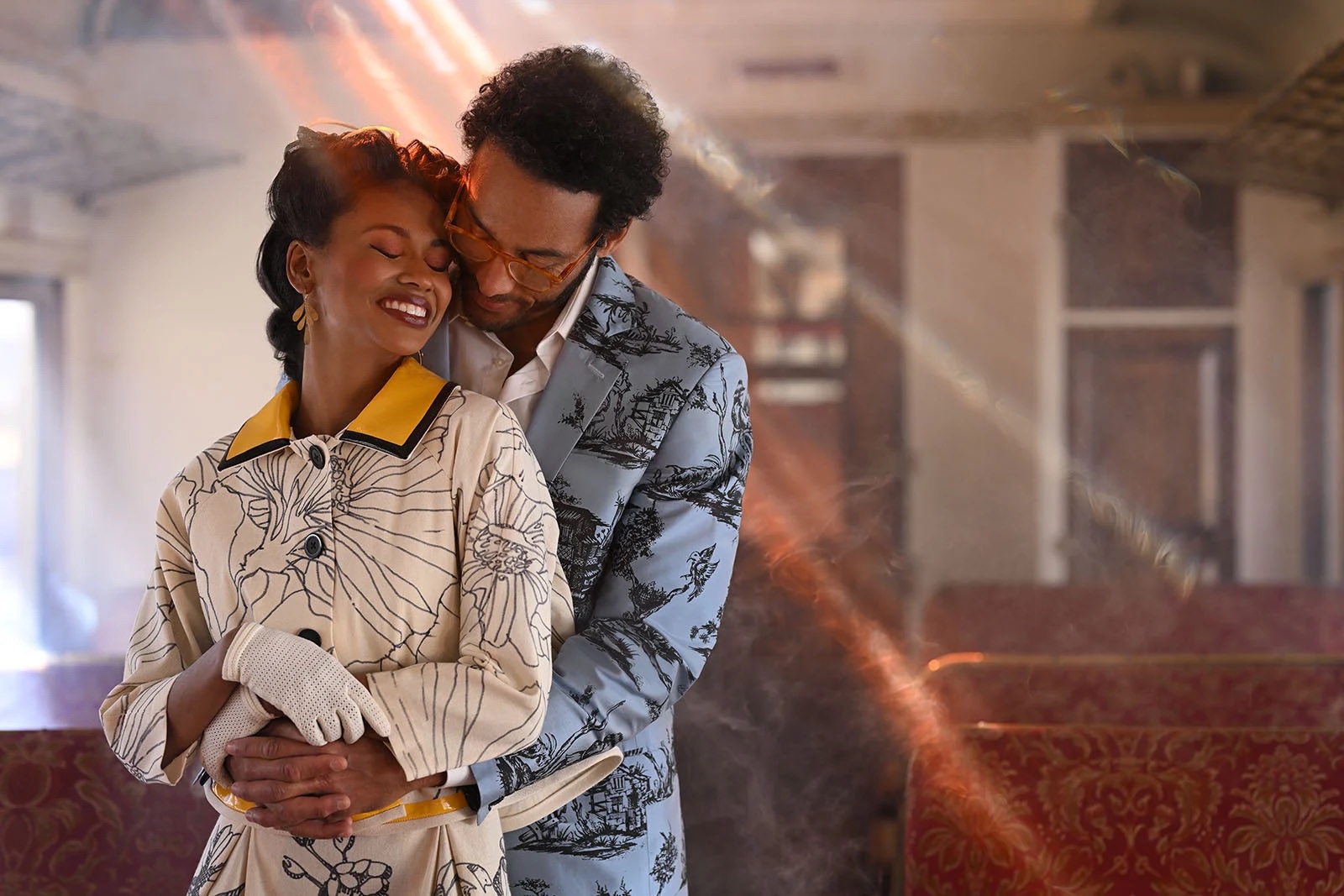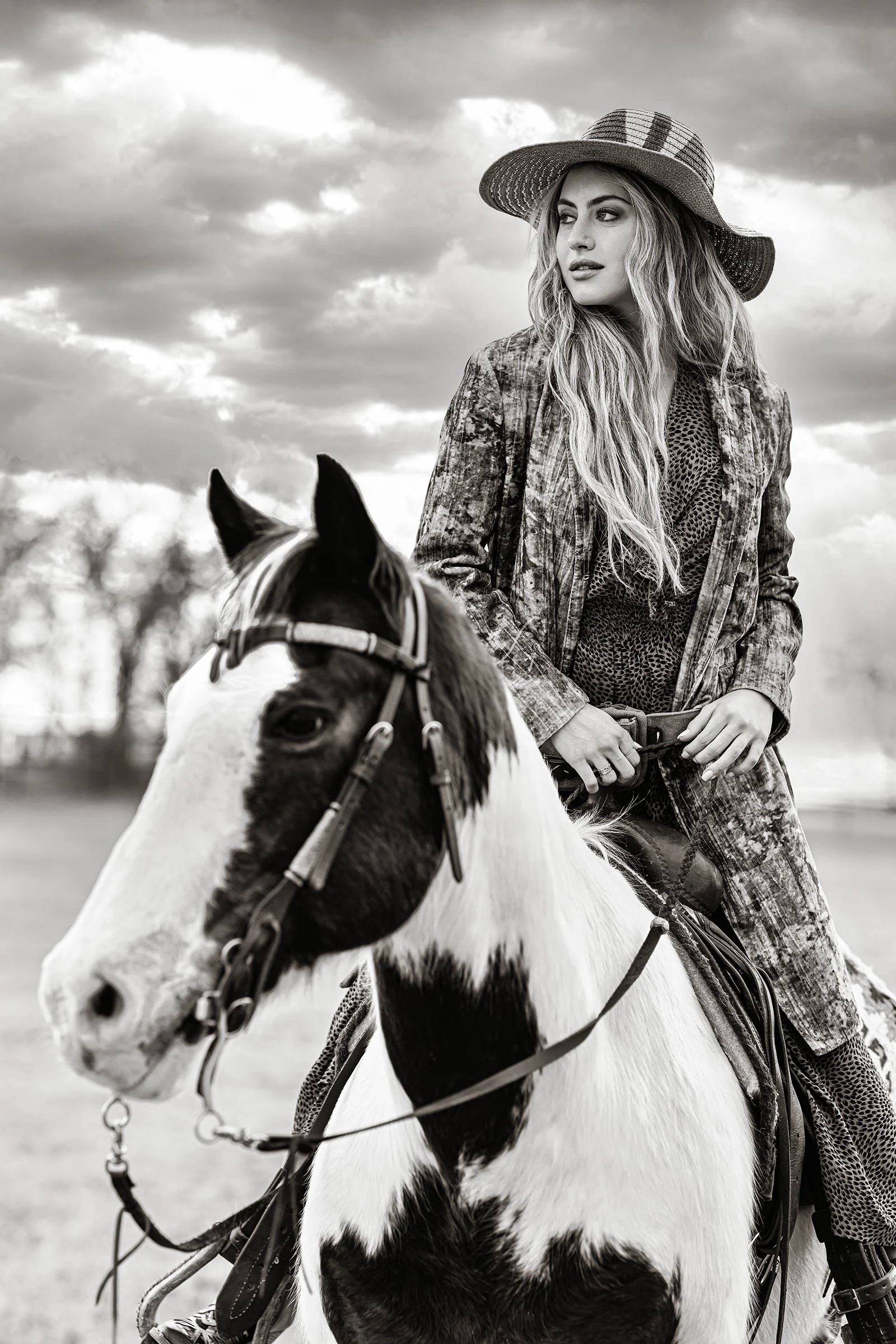Nikon Announces the Z 8 Hybrid Mirrorless Camera
Nikon has unveiled the Z 8, a full-frame mirrorless camera nearly identical to the Z 9 but in a smaller package. Nikon also refers to it as the true successor to the D850.
If the Z 8 could be reduced to one simple concept, it would be this: the Z 8 is a Z 9 without the built-in vertical battery grip. There are a few variances between the cameras, such as memory card slots and interfaces, but the foundation of the cameras is practically the same. The Z 8 has the same 45-megapixel sensor without a physical shutter and can shoot 8K at up to 60 frames per second as the Z 9, but it’s 30% smaller than the Z 9 and 15% smaller than Nikon’s most popular DSLR, the D850.
The Z 8 is powered by the same internal components that make the Z 9’s camera so good. It includes Nikon’s EXPEED 7 image processing engine and a full-frame 45.7-megapixel backside illuminated (BSI) stacked sensor with a super-fast scan rate that enables the physical-mechanical shutter to be removed entirely.
Nikon claims that this combination can shoot fully silently and with almost no rolling shutter distortion. The removal of physical parts lowers wear and tear over time. It also results in a shooting experience that is devoid of blackouts. The Z 8 can internally capture 12-bit RAW footage in many formats and frame rates.
The autofocusing system is likewise nearly identical, except that the Z 8 includes an airplane tracking feature. Overall, Nikon describes it as the most powerful and precise autofocus system built using deep learning technology. According to the company, the focus is quick, rapid, and reliable, and it has a variety of capabilities such as complete Auto-Area AF, Nikon 3D tracking, and a fully configurable Wide Area AF. Nikon notes that these modes use the improved Subject Detection capability for photos and video, which recognizes humans, dogs, birds, trains, vehicles, motorcycles, bicycles, and now — as previously mentioned — various types of airplanes.
The rear LCD features the same 3.2-inch horizontal and vertical tilting four-axis touchscreen as the Z 9.
Nikon claims that the combination of the 45.7-megapixel sensor and the EXPEED imaging system allows it to generate superb color, dynamic range, and overall image quality and conduct high-speed computations at up to 120 cycles with minimum noise, even in low light.
The Z 8 can also shoot in 10-bit HEIF format, which Nikon claims is superior to JPEG in terms of file size but with around one billion more colors. The Z 8 can capture RAWs in Nikon’s high-efficiency RAW format and a new HLG RAW option for use on compatible devices. The Z 8 offers capabilities designed exclusively for portrait shooters, such as the Portrait Impression Balance function, which allows for exact control of skin tone accuracy. It also includes a better white balance and a new Skin Softening function.
The Z 8 has burst rates of 20 frames per second while shooting full-resolution RAW and JPEGs, 30 frames per second when shooting full-resolution JPEGs, and 60 frames per second when shooting cropped DX-format JPEGS. To go even further, the Z 8 can shoot 11-megapixel JPEGs at up to 120 frames per second with high-speed frame capture plus. The Z 8 also has pre-release capture, which starts the buffer before the shutter is fully depressed. Finally, the camera has image stabilization that is upgraded with Synchro VR to achieve up to six stops of compensation with compatible lenses.
The Z 8 is more than simply a camera; it’s also a sophisticated video-creation tool. As previously stated, Nikon equipped it with the capacity to take 8K at 60 frames per second in N-RAW, as well as extensive 4K capture choices ranging from oversampled 24p and 30p to 120p with sound. It has a recording time of roughly 125 minutes in 4K at 60p and 90 minutes in 8K at 30p. And, of course, the Z 8 can record 12-bit RAW video in ProRes RAW 4K60p or N-RAW up to 8K60p.
Nikon’s RAW video format, N-RAW, is approximately 50% smaller and provides a 1080p proxy file to aid editing. According to Nikon, shooting RAW footage allows for the most image data and the highest bit rate for the most range and flexibility. For even more color freedom, footage can be shot internally in 10-bit ProRes 4:2:2 HQ. Other in-camera profile options include an upgraded N-Log, HLG, and the easy gradable flat color profile.
On the hardware front, the Z 8 has two USB-C ports dedicated to charging (PD or Power Delivery) and accessory connectivity. The camera also contains a full-size HDMI connector, which is very appreciated. Furthermore, the high-resolution zoom function for 4K, highly visible red REC Frame Indicator, focus peaking, zebras, waveform, linear focus capability on many Nikkor Z lenses, fine ISO control, customizable AF speed tracking, timecode sync, 24-bit stereo audio are all present in the Z 8 at launch.
The Nikon Z 8 will be available on May 25 for $4,000. More info on Nikon’s website.

